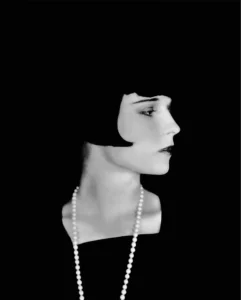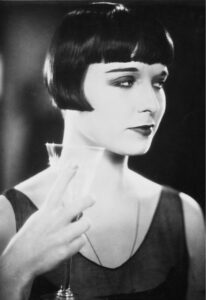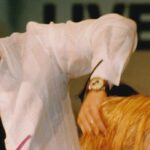How Louise Brooks’ Bob Haircut Revolutionised Fashion

The Timeless Power of the Bob: How Louise Brooks Shaped a Hair Revolution
At M & M Hair Academy in Ealing, a great haircut can do more than transform your look—it can spark a movement. Few styles have stood the test of time quite like the bob, and no one wore it better—or more boldly—than silent film icon Louise Brooks.
In the 1920s, Brooks wasn’t just known for her captivating on-screen presence—she became a fashion trailblazer with her sleek, sharp bob. Her daring haircut, defined by its blunt edges and polished finish, perfectly captured the spirit of the Roaring Twenties—a time when women were embracing newfound freedom, breaking social norms, and redefining femininity.
The bob was more than a hairstyle; it was a statement. As women ditched the long, fussy styles of the past, the bob emerged as a symbol of independence, rebellion, and modernity. Louise Brooks led the charge, and soon, women across America and Europe were walking into salons asking for “the Louise Brooks cut.”
The impact was instant. Paired with the iconic flapper look—think shorter skirts, drop-waist dresses, and a confident, carefree attitude—the bob helped define an entire generation of women. Easy to maintain and effortlessly chic, it suited the modern woman’s fast-paced lifestyle.
But the magic of the bob didn’t stop there.

From the mod era of the 1960s, when hairstylist Vidal Sassoon reinvented the look with bold, geometric precision, to the edgy, fashion-forward versions worn by Victoria Beckham, Anna Wintour, and Uma Thurman in Pulp Fiction—the bob has never gone out of style. Each iteration carries the same spirit Louise Brooks first introduced: confidence, elegance, and individuality.
Whether styled sleek and straight, tousled and wavy, or with a textured modern twist, the bob remains one of fashion’s most versatile and timeless hairstyles.
At M & M Hair Academy, we celebrate styles that empower. If you’re thinking of going for a bob or reinventing your current cut, we’re here to help you find a version that feels uniquely you. After all, great hair is about more than just looks. It’s about attitude.
Ready to make a bold change? Book your appointment today and discover why the bob still turns heads a century later.



